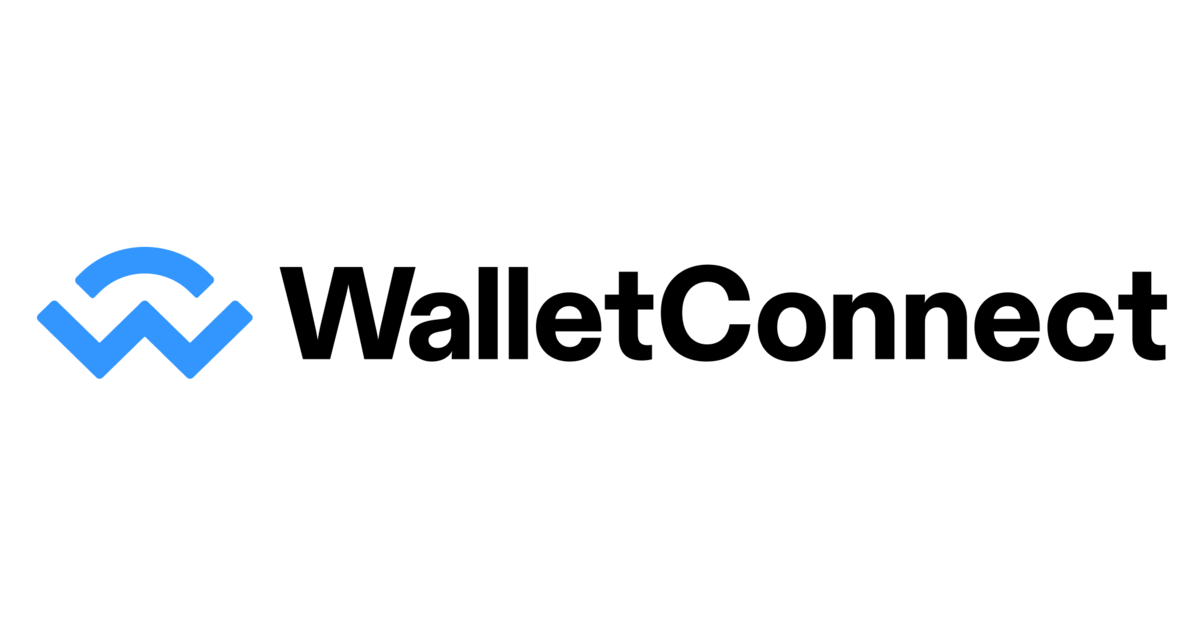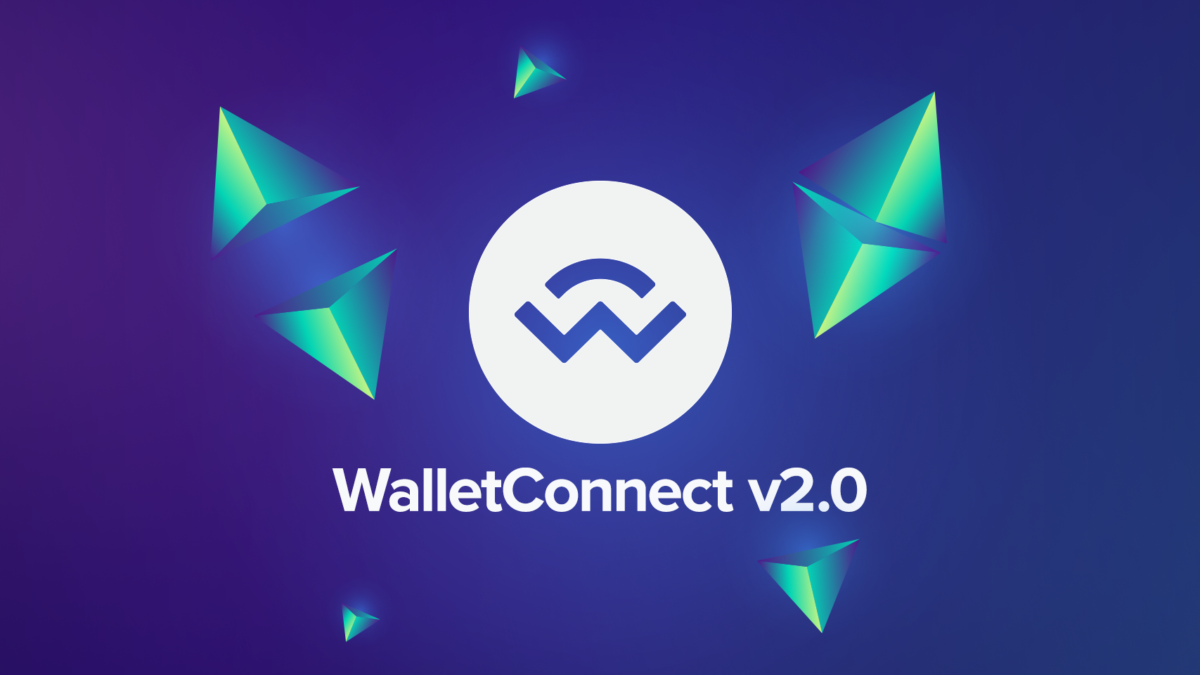WalletConnect™ | Official Website
Walletconnect is an open-source protocol that facilitates secure communication and interaction between decentralized applications (dApps) and mobile cryptocurrency wallets. It provides a standardized method for users to connect their wallets to dApps, enabling them to securely manage and transact with blockchain-based assets.
In the world of decentralized finance (DeFi) and blockchain technology, users often need to interact with dApps to perform various activities such as trading, lending, borrowing, or participating in decentralized autonomous organizations (DAOs). Traditionally, users had to manually enter their private keys or seed phrases into these applications, which posed significant security risks. WalletConnect addresses these concerns by providing a more secure and user-friendly alternative.The protocol uses a QR code scanning method coupled with end-to-end encryption to establish a secure connection between the wallet and the dApp. This approach ensures that private keys and sensitive user information are kept within the wallet app and are not exposed to potential phishing attacks or malicious actors.To understand how WalletConnect works, let's delve into the technical details of the protocol:
1. WalletConnect Protocol:
The WalletConnect protocol consists of three key components: the WalletConnect server, the dApp, and the wallet app. These components work together to establish and maintain a secure connection.
2. Secure Connection Establishment:
When a user wants to connect their wallet to a dApp, the dApp generates a session request containing connection details and a unique QR code. The QR code encapsulates all the necessary information for the wallet app to establish a connection securely.3. Authorization and Transaction Signing:
Once the connection is established, the dApp can send various requests to the wallet app. These requests typically involve actions such as signing transactions, approving requests, or accessing account information.Execution on the Blockchain:
Upon receiving the signed transaction, the dApp broadcasts it to the relevant blockchain network for execution. The transaction is confirmed and added to the blockchain, updating the relevant account balances and records.
The WalletConnect protocol supports various mobile cryptocurrency wallets on both iOS and Android platforms. Wallet users have the flexibility to choose their preferred wallet app while being able to seamlessly interact with a wide range of dApps that integrate with WalletConnect.One of the key advantages of WalletConnect is its compatibility with multiple blockchain networks, including Ethereum, Binance Smart Chain, and others. This interoperability ensures that users can connect their wallets to dApps on different networks without needing to switch wallets or create separate accounts.WalletConnect has gained significant traction and adoption within the DeFi ecosystem. Its open-source nature allows developers to integrate the protocol into their dApps easily, providing a more streamlined and secure user experience.Moreover, WalletConnect's security features are continuously audited and improved to ensure the highest level of user protection. The protocol also maintains a bug bounty program to incentivize security researchers to identify and report any potential vulnerabilities.As the blockchain industry continues to evolve, WalletConnect aims to play a vital role in enabling secure and convenient interactions between users and dApps. By providing a standardized protocol for wallet integration, WalletConnect contributes to a more seamless and secure user experience, fostering the further growth and adoption of decentralized applications and the broader blockchain ecosystem.
The benefits and use cases of WalletConnect are diverse and extend beyond the DeFi space. Some of the key applications include:
Conclusion
WalletConnect is a vital protocol that enables secure and standardized connections between mobile cryptocurrency wallets and decentralized applications. By leveraging QR code scanning and encryption, it ensures that users can interact with dApps without compromising their private keys. WalletConnect's compatibility with various wallets and blockchain networks promotes interoperability and a seamless user experience. With its focus on security, user control, and continuous improvement, WalletConnect is poised to drive the adoption of decentralized finance and other blockchain applications by providing a trusted and user-friendly wallet integration solution.
